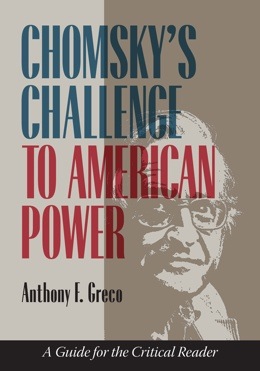Amongst all the manifest evils of the Trump regime—the xenophobic racism, the attacks on the rule of law, the routine mendacity, the many destructive policies foreign and domestic—it’s easy to overlook that this is almost certainly the most corrupt administration in American history. I say almost certainly because the most important forms of political corruption have changed over time. Mostly it’s no longer favor-seekers slipping fat brown envelopes to public officials. So, for example, comparing Trumpian corruption to the offenses rife in the two most notoriously corrupt American administrations—those of U.S. Grant and Warren G. Harding—is an exercise in comparing apples and oranges. But, if we think of all the different forms of corruption as fruit, I’m pretty sure that Trump’s presidency is the fruitiest.
I’m not just talking about the personal transgressions of Trump, who should have fully divested of his interests in his global business organization the day he was sworn in as president. More broadly, the Trumpites have turned the federal government into a vast service station for corporate special interests. In some cases, it’s a simple matter of reciprocating to donors. For example, after a succession of scandals involving substandard medical care, suicides, sexual abuse and exploitive labor practices, the Obama justice department had announced a phaseout of the private sector’s role in the federal prison system. Trump’s Attorney General Jeff Sessions reversed that decision a month after taking office, just possibly sensitive to the three quarters of a million dollars donated by incarceration industry sources to the Trump inauguration and to GOP PACs. Another shady industry, payday lending, got a big boost when the Trump administration killed an Obama plan for curtailing usurious practices. That came after a little more than $2 million in industry contributions.
But you don’t even need to donate money if you’ve got a friend or relative in the right place. Like Elaine Chao, Secretary of Transportation, who regulates international shipping while her father and other family members run a huge international shipping business that has benefitted from multiple decisions made by Chao’s department. Then there’s Interior Dept Secretary David Bernhardt, a longtime partner in a legal and lobbying firm representing mining, oil and gas interests. Bernhardt’s department has taken friendly action on no less than 25 measures sought by his firm’s former clients. It’s not just Cabinet secretaries; the Trump administration is mired in conflicts of interest at the subcabinet level as well. For example, Nancy Beck is the head of EPA’s office of chemical safety. Before that, she lobbied for an industry group that had fought an EPA proposal to halt the sale of chemicals linked to birth defects and nerve damage. Once in office, she moved to quash the proposal, over the protests of agency career professionals.
I could go on and on, but you get the idea. If you want more of the sordid details, you can play with this interactive map of Trump administration corruption developed by The American Prospect magazine. As Public Citizen’s Robert Weissman puts it, the Trump administration has implemented “the total handover of the levers of government to corporations, and particularly the empowering of corporate representatives to oversee the very companies they worked for.”
True, this stuff isn’t entirely unprecedented. The Reagan and Bush administrations were also full of appointees from the business world who were naturally solicitous of their former colleagues and clients. Democratic administrations haven’t been innocent either, especially with regard to the financial sector. But there are important differences in magnitude. The good government group ProPublica counted 281 former lobbyists working in the Trump administration midway through his first term. That is four times as many lobbyists who had worked in the Obama administration at its 6-year mark. I don’t have any similar metric for comparing Trump with his GOP predecessors, but my guess is that it’s worse under Trump.
Back in 2016 Trump promised to “drain the swamp.” It was never clear just what that meant, but it might be a good slogan for the Democrats to take over in 2020, this time with real content behind it. Or maybe “cesspool” would be a better metaphor.




Have a comment?